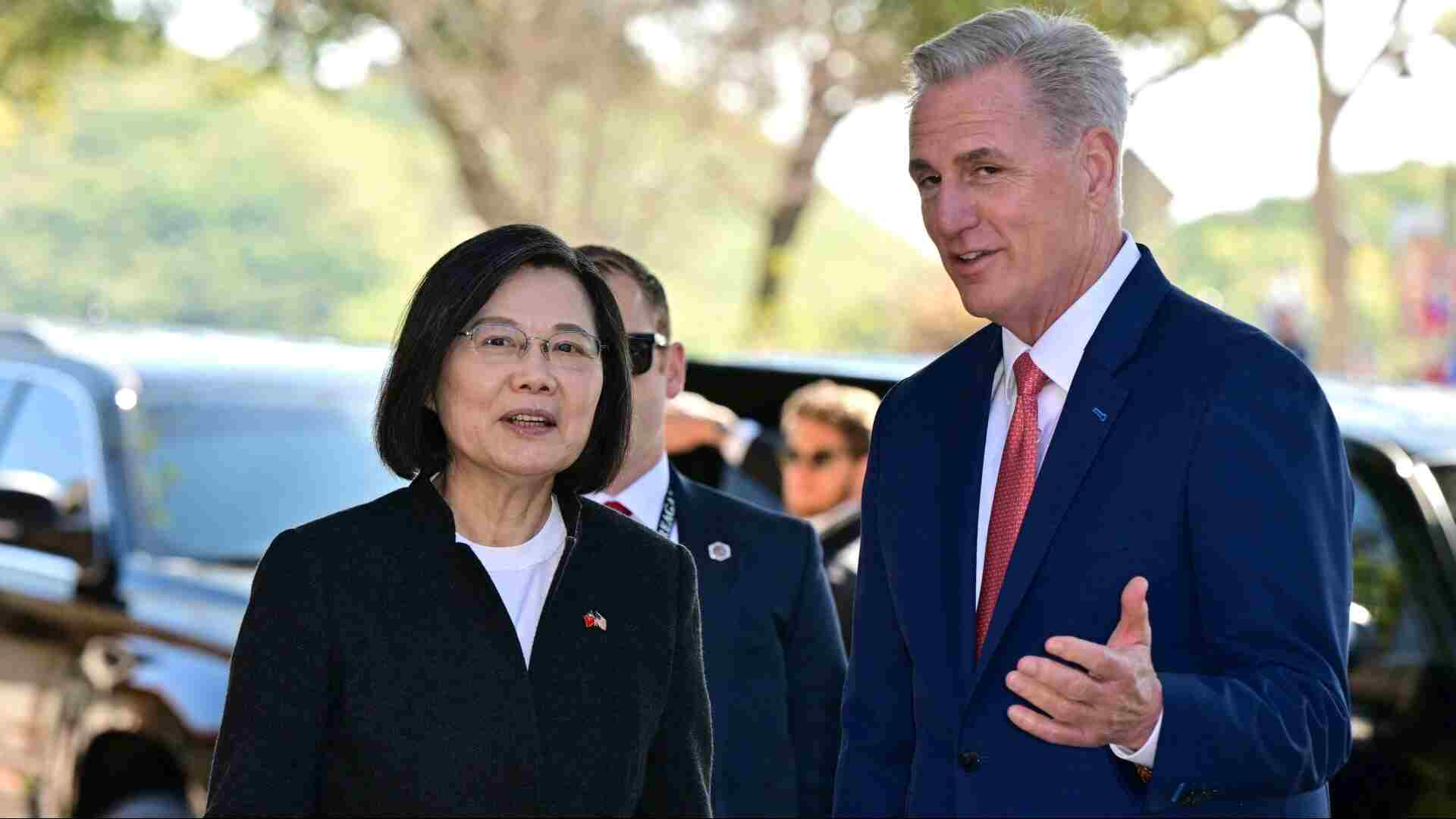
Taiwan–United States relations
Following the terms of the Taiwan Relations Act (TRA), which permits the United States to have relations with the Taiwanese people and their government, whose name is not specified, Taiwan-United States relations became unofficial and informal after the United States established diplomatic relations with the People’s Republic of China (PRC) in 1979 and recognized Beijing as the only legitimate government of China.The “Six Assurances” in response to the third communiqué on the creation of US-PRC relations provided another informal foundation for U.S.-Taiwan relations. On March 16, 2018, the U.S. Congress passed the Taiwan Travel Act, which permits senior U.S. officials to travel to Taiwan and vice versa. On September 13, 2019, both parties officially formalized their consular relations by signing a consular agreement.
Taiwan has inherent military value, and thus its fate will in large part determine the U.S. military’s ability to operate in the region. As Assistant Secretary of Defense Ely Ratner noted, “Taiwan is located at a critical node within the first island chain, anchoring a network of U.S. allies and partners—stretching from the Japanese archipelago down to the Philippines and into the South China Sea—that is critical to the region’s security and critical to the defense of vital U.S. interests in the Indo-Pacific.With Taiwan outside of its control and U.S. allies and partners arrayed throughout the first island chain, the PLA will struggle to project power far beyond China’s shores. If China were to annex Taiwan and base military assets, such as underwater surveillance devices, submarines, and air defense units on the island, however, it would be able to limit the U.S. military’s operations in the region and in turn its ability to defend its Asian allies. U.S. policymakers should therefore understand that it is not only Taiwan’s future at stake but also the future of the first island chain and the ability to preserve U.S. access and influence throughout the Western Pacific.
